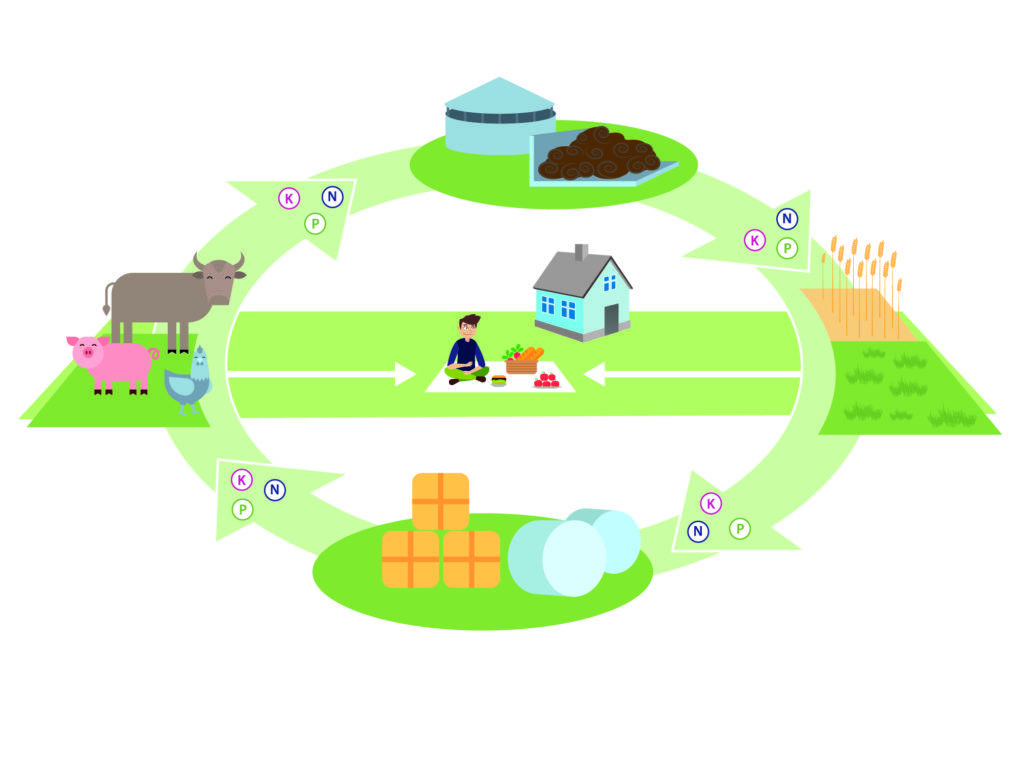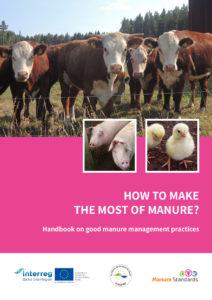
In a bid to curb nutrient losses from agriculture, the root cause of eutrophication and algal blooms in the Baltic Sea, a handbook on smarter use of manure has been published this September by the Manure Standards project.
Targeted towards farmers and agricultural advisory organisations, the How to make the most of manure handbook provides hands-on and easy-to-read information on good manure management practices.
“Manure is a good natural fertilizer and valuable source of nutrients such as nitrogen and phosphorus, but we need to ensure that these stay on the fields and don’t enter the sea where they cause eutrophication,” said Kaisa Riiko, the HELCOM project coordinator at Manure Standards.
“The handbook will show farmers in an easy way how to best go about analysing, storing, spreading or dealing with excess manure,” she said.
The publication is part of the region’s wider effort to address eutrophication, currently the single largest pressure on the Baltic Sea.
According to a recent HELCOM report, 97 percent of the waterbody is affected by eutrophication, causing economic losses of up to EUR 4 billion per year in the region. Manure used in agriculture still remains a large source of nitrogen and phosphorus runoff to the sea.
At their Ministerial Meeting in 2018, HELCOM Contracting Parties therefore agreed to elaborate a Baltic Sea Regional Nutrient Recycling Strategy by 2020, to reduce nutrient loading to the Baltic by circulating the nutrients in a closed loop in the food chain.
Measures developed under the nutrient recycling strategy are also expected to be included in the updated Baltic Sea Action Plan.
Manure Standards, the publisher of the handbook, seeks to increase the capacity of farmers and other agricultural stakeholders to turn manure use towards improved sustainability and resource-efficiency.
Manure Standards is coordinated by Natural Resources Institute Finland and, besides HELCOM, includes partners from the nine Baltic Sea countries. The project is a flagship project of the EU Strategy for the Baltic Sea Region Policy Area Bioeconomy and it is co-financed by the Interreg Baltic Sea Region Programme.

